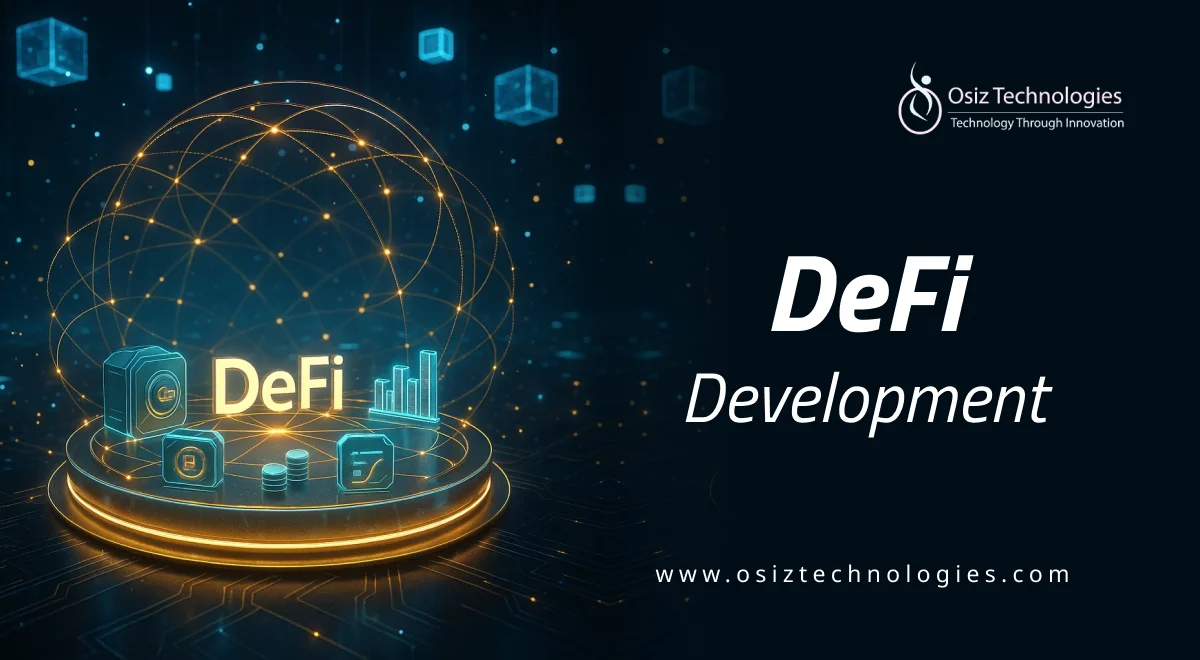Decentralized Finance (DeFi) is rapidly evolving, reshaping the financial landscape with innovative solutions and technologies. As we move into 2025, several key trends are emerging that will significantly impact the DeFi ecosystem. This article explores these trends, from regulatory developments to technological advancements, providing insights into how they will shape the future of finance.
Understanding DeFi
Decentralized Finance, or DeFi, refers to a financial system built on blockchain technology that operates without central authority. It allows users to engage in financial transactions such as lending, borrowing, and trading directly with one another, eliminating intermediaries. This shift towards decentralization offers greater transparency, accessibility, and efficiency in financial services.
Current State of DeFi
As of early 2025, the Total Value Locked (TVL) in DeFi has seen fluctuations, adjusting from $214 billion to $156 billion. This decline indicates a transition towards more connected systems, where protocols are embracing automation and cross-chain access, enhancing user experience and utility. The focus is shifting towards creating smarter systems that cater to user needs more effectively.
Trend 1: Regulatory Developments
One of the most significant trends influencing DeFi is the evolving regulatory landscape. As governments worldwide begin to recognize the potential of DeFi, many are working towards establishing clear guidelines. This shift is crucial for fostering trust among institutional investors. According to a report by Debut Infotech, regulatory clarity will encourage more institutional investments in DeFi platforms.
Trend 2: Mainstream Adoption
2025 is poised to be a pivotal year for DeFi as it moves towards mainstream adoption. Factors contributing to this trend include a softening regulatory environment and technological improvements. A recent article from NMI suggests that these conditions are creating an ideal landscape for DeFi to thrive, making financial services more accessible to the general public.
Trend 3: Enhanced User Experience
As competition within the DeFi space intensifies, platforms are focusing on enhancing user experience. This includes simplifying interfaces, improving transaction speeds, and offering better customer support. By prioritizing user experience, DeFi platforms can attract a broader audience, including those who may be hesitant to engage with blockchain technology.
Trend 4: Interoperability and Cross-Chain Solutions
Interoperability is becoming a key focus in DeFi development. As various blockchain networks continue to grow, the ability for different platforms to communicate and operate seamlessly is essential. Cross-chain solutions allow users to transfer assets and data across different blockchains, enhancing liquidity and expanding the DeFi ecosystem. This trend is vital for creating a more interconnected financial landscape.
Trend 5: Integration of Traditional Finance
DeFi is increasingly integrating with traditional financial systems. This trend is evident in the collaboration between DeFi platforms and banks, which is aimed at bridging the gap between decentralized and centralized finance. Such partnerships can lead to innovative financial products that combine the best of both worlds, offering users more options and flexibility.
Trend 6: Rise of Decentralized Autonomous Organizations (DAOs)
DAOs are gaining traction within the DeFi space as a means of governance. These organizations allow users to participate in decision-making processes, promoting a sense of community and shared ownership. As DAOs become more prevalent, they will play a crucial role in shaping the future of DeFi, ensuring that platforms remain aligned with user interests.
Trend 7: Focus on Security and Risk Management
With the rise of DeFi, security concerns have also increased. Developers are prioritizing security measures to protect users' assets and data. This includes implementing audits, insurance protocols, and risk management strategies. By enhancing security, DeFi platforms can build trust and attract more users, which is essential for long-term growth.
Trend 8: Financial Inclusion
One of the core missions of DeFi is to promote financial inclusion. By providing access to financial services for unbanked and underbanked populations, DeFi can empower individuals and communities. As DeFi continues to grow, it has the potential to create a more equitable financial system that benefits everyone.
Conclusion: The Future of DeFi
The future of Decentralized Finance is bright, with numerous trends shaping its development. From regulatory clarity to enhanced user experiences, the DeFi landscape is evolving rapidly. As we look ahead, stakeholders need to stay informed and adapt to these changes. For businesses and individuals interested in exploring DeFi opportunities, connecting with experts can provide valuable insights and guidance. At Osiz Technologies, we are committed to helping you navigate the DeFi landscape and leverage its potential for growth.
Listen To The Article










